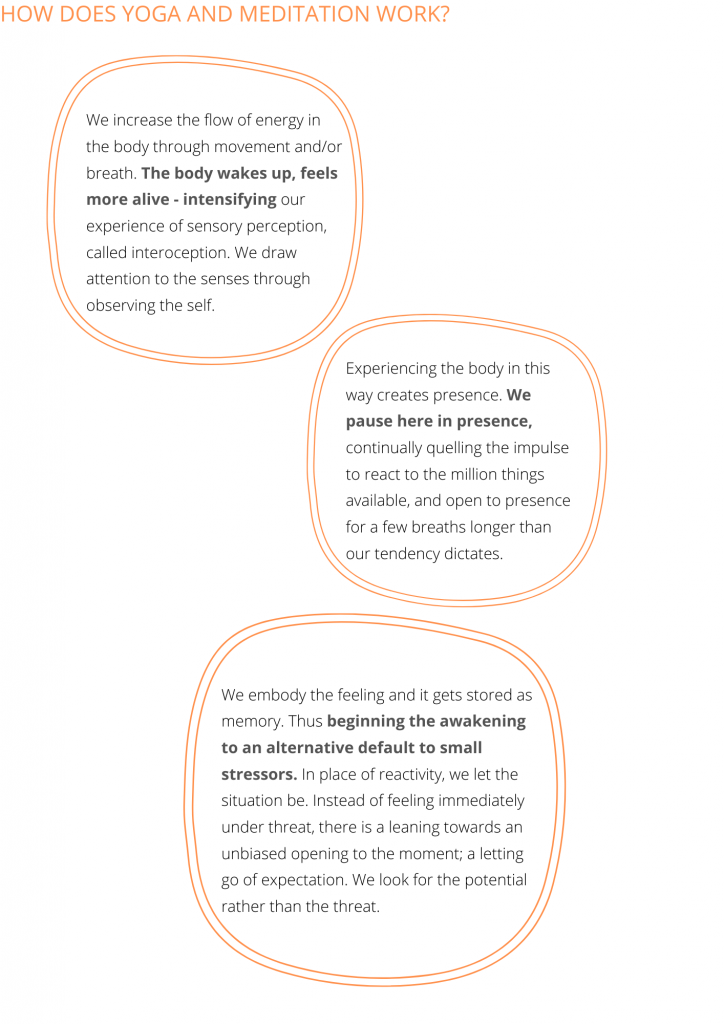Let’s face it, with the potential for stress everywhere, we need to drop the crisis response as a general coping mechanism. It’s just not meeting the needs of the time.

Historically, as a human race, the mind has been trained to assess possible danger or threat in any situation. Generally, threat assessment is our first response to most things. Years ago, this response served to keep us alive. Potential threats were stored in our long-term memory as a matter of survival. Over the ages, this developed what is called a Negative Bias; a general wariness towards potential threat embedded in our muscle memory and our neurology.
The triggering of this bias can dominate our experiences when we feel overwhelmed with all the things we need to get done. It can feel like this underlying fear anxiety is ever-present, making us snappy and impatient and wary of what could come next. It’s time to change how we respond to life.
In the last decade the hugely accelerated pace of digitally enhanced living and working has impacted our mental health. The human nervous system takes a lot longer to adapt to such change and people are really struggling.
Through yoga and or meditation practice, we embed new muscle memory experiences that are calm and relaxed. We take time to really clarify that feeling so it is familiar and easy to remember. This lays the groundwork for a more sophisticated internal response to small stressors in the moment, instead of firing off fear impulses that drain useful energy unnecessarily. Just as our Negative Bias has been developed over the years, we build calming resilience through repetition. Repetition of practice establishes the body-memory of feeling calm, altering our default response to stress.

The flow on effect of adjusting to the modern world in this way will benefit your health and wellbeing on all levels; mental, emotional, physical and likely financial. It takes practice, however it’s necessary.
* photo image of woman at computer by Jeshoots-com
